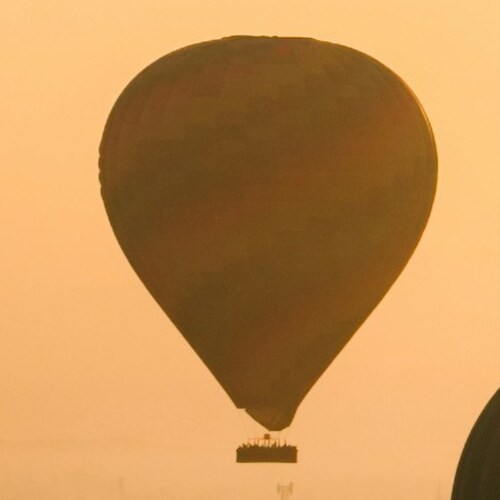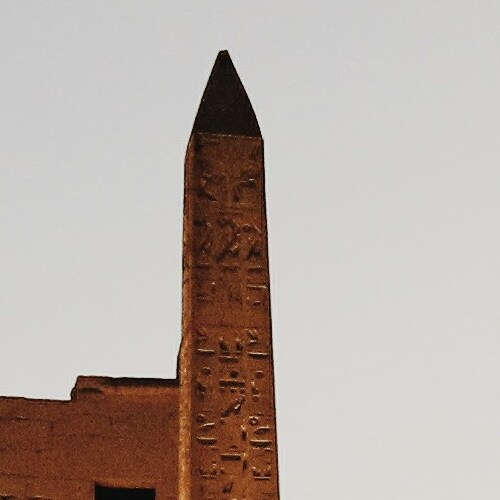No other nation in the world says ‘Welcome’ as often as the Egyptians, and every time, they mean it. While the ancient civilization of Egypt continues to amaze, contemporary Egyptians are equally remarkable.
The Luxor Museum
Luxor Museum Overview
The Luxor Museum, renowned for its collection of ancient Egyptian artifacts, offers a tranquil and educational experience, distinct from the larger and more crowded Egyptian Museum in Cairo. Located between the Karnak and Luxor Temples, it provides an ideal stop for those exploring Luxor’s rich historical landscape.
Location
- Situated: Overlooking the Nile, strategically positioned between Karnak and Luxor Temples.
- Ambiance: Offers a serene environment with a modern architectural design that enhances the viewing experience.
Collections and Exhibits
- Artifacts: Houses an array of artifacts from the Theban temples and surrounding necropolises.
- Highlights: Includes objects from the tomb of Tutankhamun, notably the gilded cow head, and a collection of well-preserved statues from the ‘Luxor Cachette’ discovered in Luxor Temple.
- Akhenaten’s Wall: Features a reconstructed wall from Amenhotep IV’s (Akhenaten) temple, showcasing the unique art style of the Amarna period.
- Statuary: Displays an impressive array of granite statues of pharaohs, queens, and high officials.
- Tutankhamun Exhibits: Showcases funerary bed and model barques of the famous king.
- Upper Floor Exhibits: Houses smaller objects such as jewelry, funerary items, and everyday artifacts.
Special Features
- Luxor Cachette: An important collection of statues unearthed during Luxor Temple’s renovation, now a central exhibit.
- Military Section: A new extension focusing on Egypt’s military history, including weaponry and Tutankhamun’s hunting chariot.
- Royal Mummies: Hosts the mummies of Ahmose, founder of the New Kingdom, and Rameses I.
- Visitor Amenities: Includes a visitor center, bookshop, and cafeteria for enhanced guest comfort.
Architectural Design
- Modern Building: Spacious and elegantly designed, with thoughtful lighting and temperature control for artifact preservation.
Educational Value
- Insightful Exhibits: Provides a comprehensive understanding of ancient Egyptian art, culture, and history in a manageable format.
Conclusion
The Luxor Museum stands out as a testament to Egypt’s enduring legacy, presenting a curated selection of artifacts in a tranquil and educational setting. Its strategic location and well-thought-out displays make it a must-visit for those seeking a deeper understanding of Luxor’s historical treasures.
Created on 18 March 2020
Updated on 23 Sep, 2024
LUXOR Travel Guide



